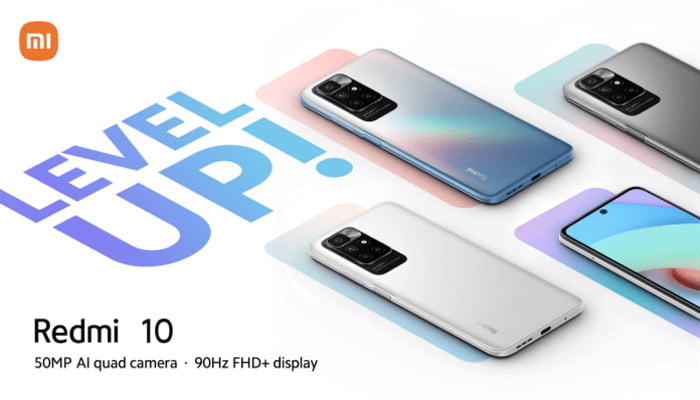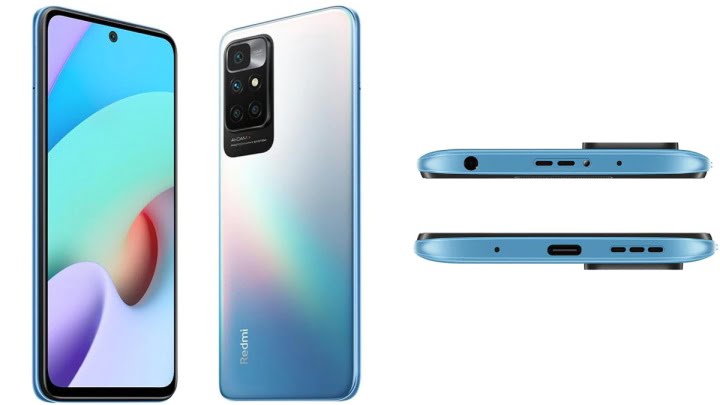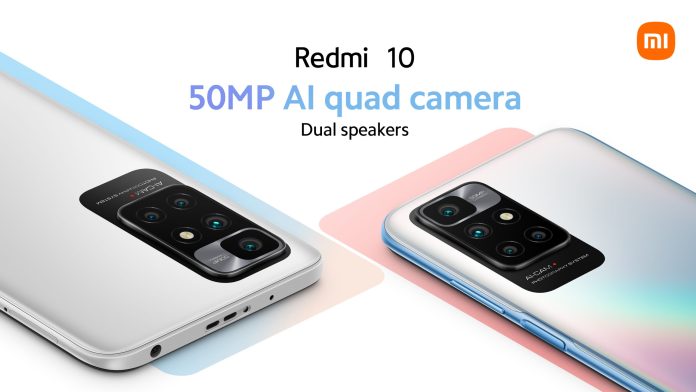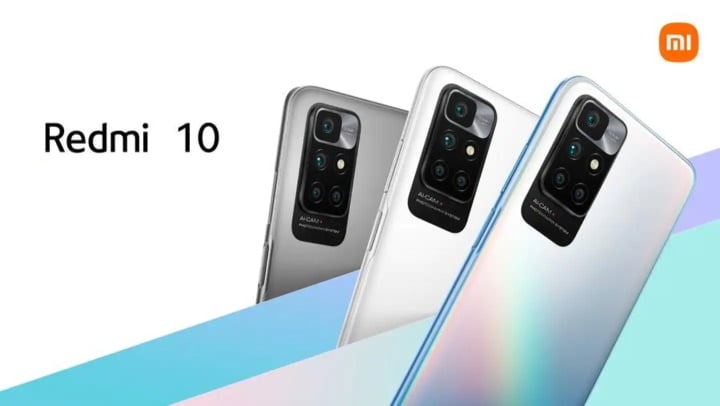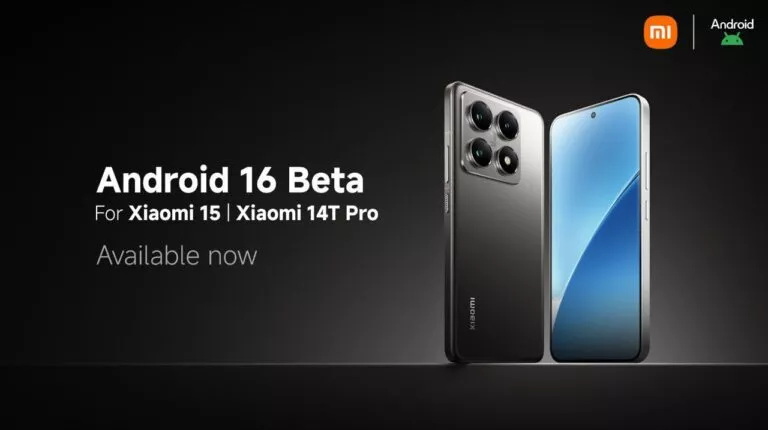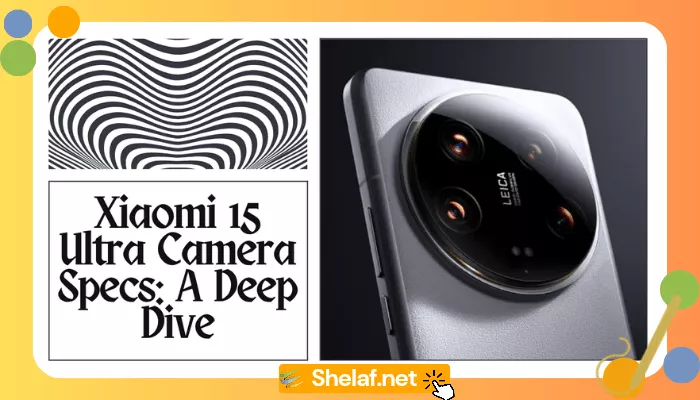Even though the Redmi brand has extended in many areas, its foundation remains the vanilla series, it is centered on value. The all-new Redmi 10 attempts to shine in this area with a slew of significant enhancements, including many firsts.
This is the first phone in the series with a high refresh rate display – a 6.5” 1080p” LCD (20:9) capable of running at up to 90Hz (with 60Hz and 45Hz modes too). This is also the first phone to feature MediaTek’s new Helio G88 chipset, a modified version of the G85 that allows for a faster refresh rate at 1080p+ resolution.
Redmi 10’s 50MP main camera is also a plus, since it is the highest resolution camera in the series to date (the Redmi Notes go higher, of course, but they cost more too). One of the camera’s components is an 8-megapixel ultra-wide module; the other two are a 2-megapixel macro camera and a 2-megapixel depth sensor. The front-facing camera has an 8MP sensor and is hidden inside a punch hole.
The series is known for its larger-than-average batteries, and this model is no exception; the 5,000 mAh battery supports 18W wired charging and 9W reverse charging. In spite of the fact that this is a cheap model, it comes with a 22.5W charger.
Other features include dual speakers and a 3.5mm headphone jack. It includes a fingerprint reader on the side, and the selfie camera supports face unlock. However, there is some bad news: the microSD slot has faded away.
Out of the box, the phone runs Android 11 with MIUI 12.5. There are three color options: Carbon Gray, Pebble White, and Sea Blue. There is currently no information about a Pro model or any variants.
The Xiaomi Redmi 10 features 4GB of RAM and 64GB of storage as usual, but there will also be 4/128GB and 6/128GB variants. These will cost $180, $200, and $220, respectively, and will be available on August 20.
According to rumors from China, the new phone would first be available in Malaysia for MYR650 (about $155). The 6/128GB model will cost MYR 750, and there will be no intermediate option.

